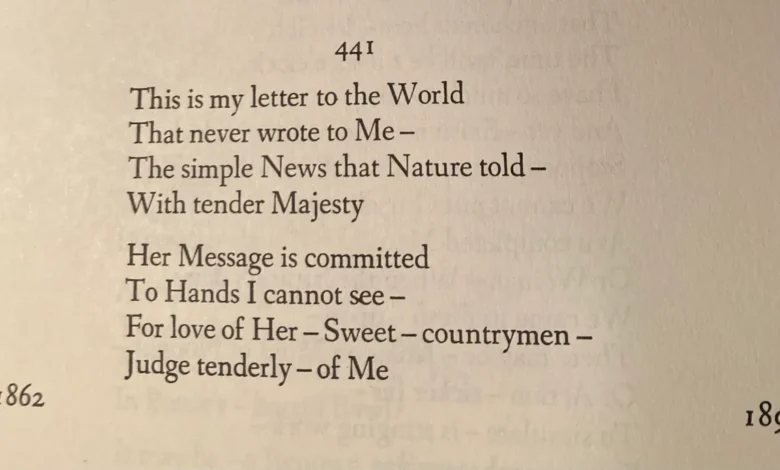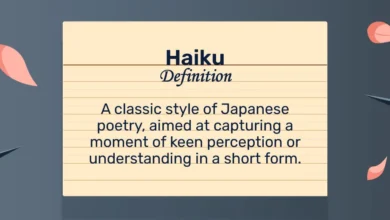Emily Dickinson Poems About Nature

Emily Dickinson Poems About Nature presents a nuanced exploration of nature, intertwining it with human emotion and existential contemplation. Her vivid imagery and symbolic representations invite an examination of how the natural world serves both as a sanctuary and a catalyst for introspection. This duality not only reflects the changing seasons but also reveals deeper psychological landscapes. As we consider the significance of these themes in her work, one might ponder how Dickinson’s perspective on nature ultimately shapes our understanding of her broader existential inquiries. What connections emerge when we reflect on her rich depictions of the world around us?
Emily Dickinson Poems About Nature as a Source of Inspiration
Nature serves as a profound source of inspiration in the poetry of Emily Dickinson, revealing a complex interplay between the natural world and human experience.
Dickinson’s exploration of nature’s beauty and tranquility transcends mere observation, inviting readers to contemplate their own existence. Through her vivid imagery and contemplative tone, she captures the essence of nature as a refuge for the human spirit, illuminating deeper philosophical inquiries.
Read Also: Edgar Allan Poe Poems About Love
Symbolism in Dickinson’s Nature Poems
Dickinson’s profound engagement with the natural world extends beyond mere appreciation, as it reveals a rich tapestry of symbolism that enhances her poetic discourse.
Through her sophisticated imagery techniques, she transforms natural elements into profound metaphors, illuminating themes of life, death, and existence.
Each flower, bird, and landscape serves as a vessel for deeper meaning, inviting readers to explore the multifaceted relationship between humanity and nature.
The Seasons in Dickinson’s Work
Throughout her body of work, Emily Dickinson intricately weaves the changing seasons into her poetry, capturing the cyclical rhythms of life and the human experience.
Spring imagery often symbolizes renewal and hope, contrasting sharply with autumn themes that evoke reflection and transience.
This seasonal interplay not only enhances her exploration of nature but also deepens her examination of existence, loss, and the passage of time.
Nature’s Influence on Human Emotion
The interplay between the natural world and human emotion is a prominent theme in Emily Dickinson’s poetry, reflecting her keen observation of how external environments shape internal experiences.
Mood shifts are intricately linked to the emotional landscapes she explores, as nature serves both as a mirror and a catalyst for feelings.
Dickinson’s work invites readers to consider how nature profoundly influences our emotional states.
Read Also: Drug Addiction Poems Family
Conclusion
Emily Dickinson Poems About Nature illustrates the profound interplay between nature and human emotion, revealing that “the beauty of nature is a balm for the soul.” Through rich symbolism and vivid imagery, Dickinson captures the essence of seasonal change and its emotional resonance. The cyclical patterns of the natural world not only inspire reflection but also serve as a mirror for the complexities of human experience, ultimately affirming nature’s integral role in understanding existence and emotional depth.



